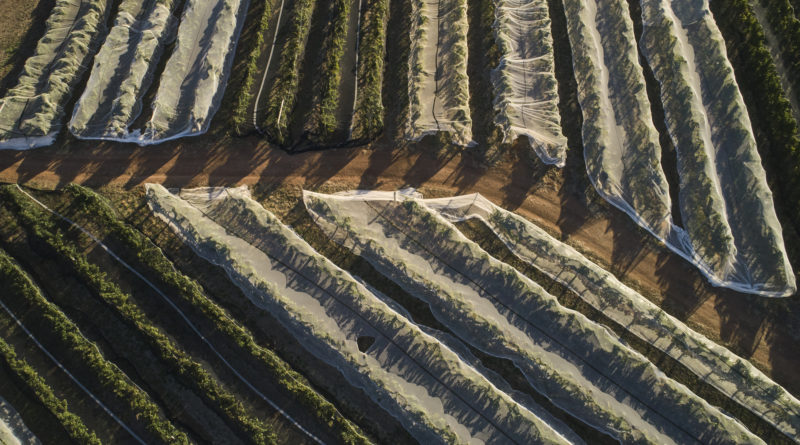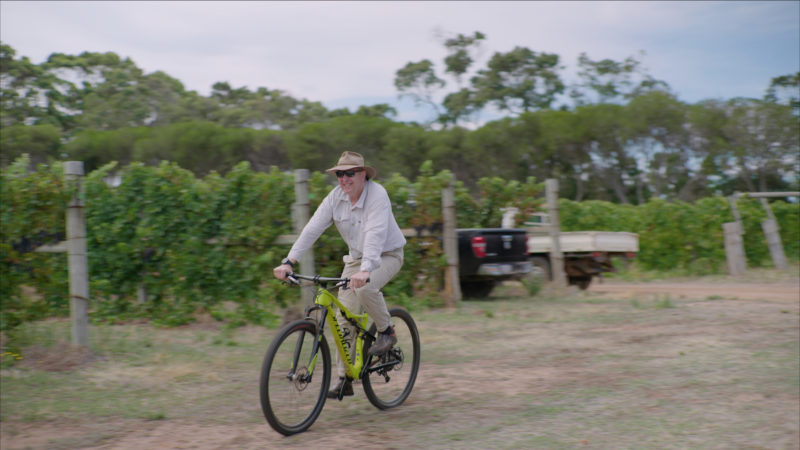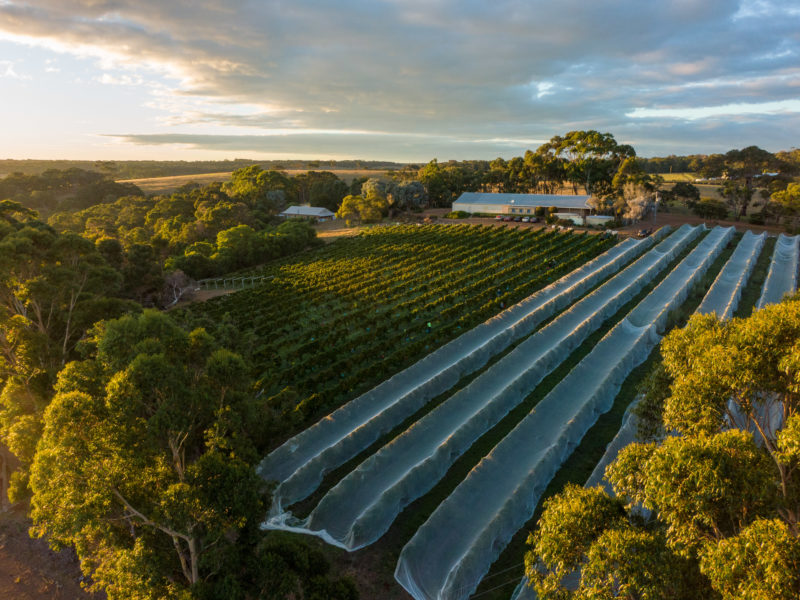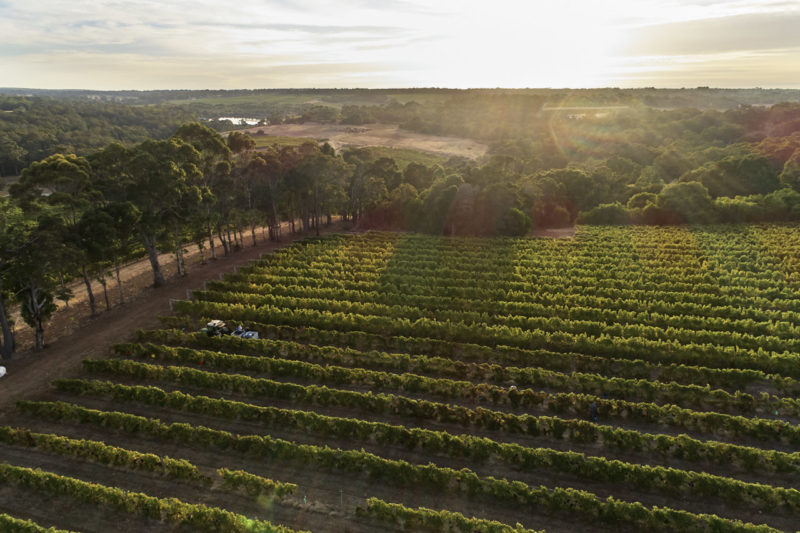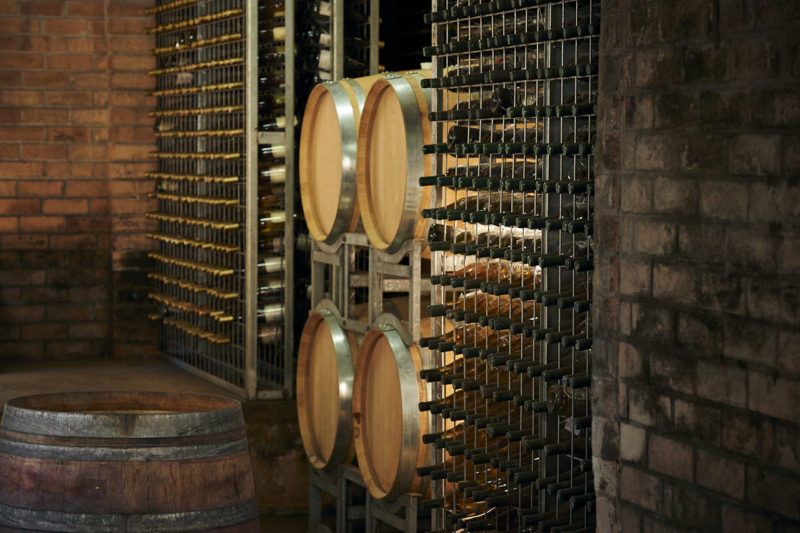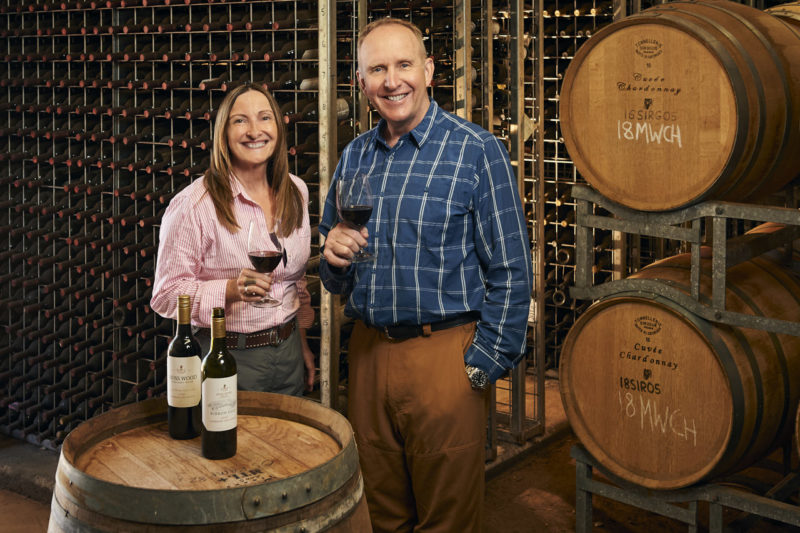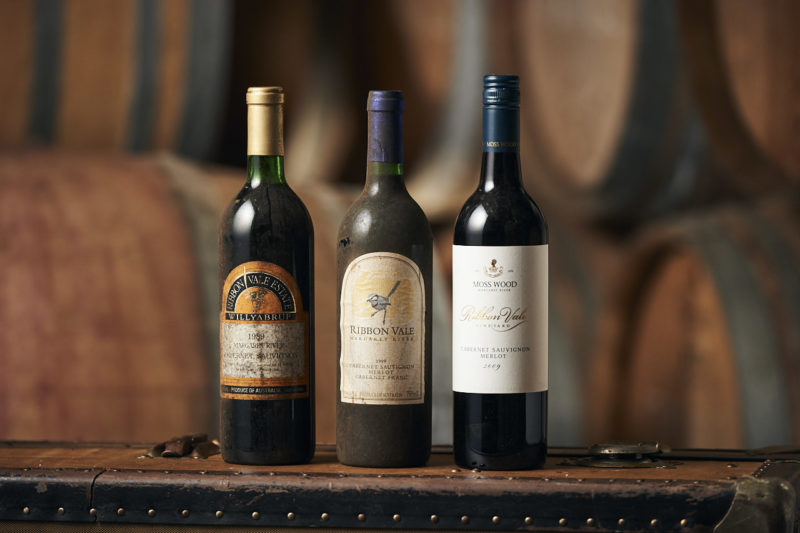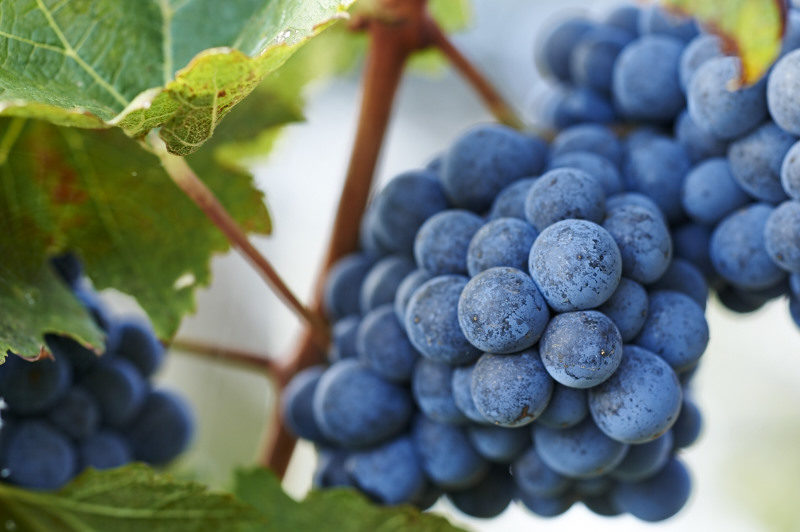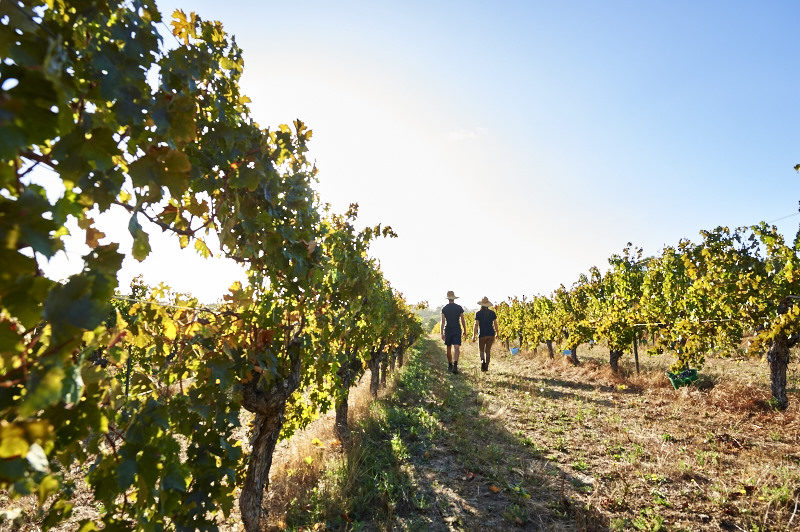How is Australian wine facing up to the major crises of 2020/21? – Reviews of Moss Wood 2019 Chardonnay, Moss Wood 2019 Amy’s, Moss Wood 2018 Cabernet Sauvignon, Moss Wood 2020 Semillon and Moss Wood 2018 Pinot Noir – Justin Keay TheBuyer.net
Australia has had comparatively few human casualties from Covid but the financial impact has been immense. The loss of international cellar door trade plus the tariffs imposed by China – as an indirect result of the pandemic – have been keenly felt. Add to this the bushfires and floods and you understand why the Australian Grape and Wine Authority says as many as 30% of the country’s 2,600 wineries could go under. Justin Keay talks to three family-run wine estates to see how they are faring and what they are doing to plan for an uncertain future in the week when Wine Australia launches its new CONNECT digital platform to help bring its producers closer together with wine buyers around the world.
“This growing diversity – regional, stylistic and philosophical – is, of course, why Australian wine today is such a different proposition from a few years ago,” writes Justin Keay.
This is an existential time for the world’s wine industry, with the fall in global trade, the ravages wrought by Covid 19, and the collapse in the on-trade in wealthy nations all having a major impact. Individual countries have had additional crosses to bear: Lebanon’s collapse into economic chaos, with the Lira losing 90% of its value in less than a year, is devastating a heavily import-dependent industry (everything from bottles, corks and labels upwards) whilst South Africa’s off/on alcohol sales and export bans has destroyed producer’s revenue stream there.
But what of Australia, such a long way from the fulcrum of the crises battering the world?
Despite localised lockdowns, the Lucky Country has had a ‘good pandemic’, whilst years of investment in an economy that until last year enjoyed over 20 years of unbroken GDP growth, has generally left its wine industry in buoyant health. Clever producers have consolidated market share at entry level (think Yellowtail and McGuigan) whilst higher-end winemakers have been eschewing oak for fresher and more expressive styles reflecting local conditions and soil. Defining itself by growing regionality and moving away from the French varieties that were once almost ubiquitous here, Australian wine is rightly getting more critical acclaim than ever before.
Yet 2020 was rough. With Australia arguably more impacted by climate change than any other country, producers have had to deal with drought, fire damage and smoke – Wine Australia reckons almost 5% of the national grape crop in 2019-20 was lost this way after the devastating bushfires – and now flood, with Hunter Valley just one of many regions finding itself underwater this month.
And despite the admirable low number of human casualties, Covid 19 has in fact impacted heavily, with restrictions and the absence of tourists hitting cellar door sales hard: last April the Australian Grape and Wine Authority said as many as 30% of the country’s 2600 wineries could go under.
And then there’s the impact of Australia’s grim diplomatic face-off with China, resulting from Canberra’s suggestion there should be a proper international investigation into the origins of the pandemic and its protests at China’s suppression of human rights in Hong Kong and amongst the Uighur Muslims. Beijing’s subsequent tariffs increase the price of a typical Australian bottle in China and Hong Kong by over 200% – potentially devastating given that China was the industry’s biggest export market, accounting for 37% of the total, or $800m. Big names like Penfolds are worst hit but all producers will be struggling to compensate even if they didn’t sell to China, as they fight off increased competition from those who did.
So as 2021 gets underway, what’s the mood? How do producers – particularly the smaller ones – see the future? And do they think international consumer perceptions of Australian wine are changing? I spoke to three premium family-run wineries in three different states to get an idea.
(. . .)
Moss Wood in West Australia’s Margaret River
Almost 3000 kilometres further west, in Margaret River, West Australia, Keith Mugford, owner and winemaker at Moss Wood – the second winery in this region – is also pretty phlegmatic about climate change. A bigger worry has been the potential loss of sales because of the new Chinese tariffs.
“Despite being there since 2006, our sales have only been small, for all sorts of price and strategic reasons. Hong Kong is more frustrating. Our sales there go back to the 1980s. It’s been a good market for us and disappointing the future is now so uncertain,” he says, adding that he will “be happy to pick up the threads” if things improve.
He says the British market has been Moss Wood’s biggest and most reliable since exports started back in 1985.
Keith Mugford
“It seems British consumers enjoy our wines and we always try to be consistent with style and quality. I hope we can continue this and retain as many existing customers as possible but also promote effectively and introduce new customers to our individual vineyard wines,” he says, adding that Moss Wood is moving towards minimal intervention and further reducing environmental impact.
So is Australian wine changing?
Mugford says Moss Wood has never been a “big oak” producer but reckons there have been wider changes, with Chardonnay made in a leaner, finer style, which he reckons consumers appreciate. With reds generally, and Shiraz in particular, he thinks the picture is more nuanced.
“The popularity of ripe Shiraz continues and there are still “big” wines being made. There are, however, an interesting range of wines which display much more restraint and elegance. Given the range of climates in which it’s grown, this is hardly a surprise. The Barossa Valley celebrates its ability to produce generous, fully-ripened wines, expressing the rich end of the Shiraz spectrum, while southern Victoria makes in a more elegant, complex style.”
This growing diversity – regional, stylistic and philosophical – is, of course, why Australian wine today is such a different proposition from a few years ago. An industry once defined by brands and standardisation has become something much more sophisticated, which is why it will ride out its current challenges and continue to evolve.
(. . .)
One of Margaret River’s earliest and most iconic producers, famed for its Cabernet Sauvignon but also great Chardonnay, Pinot Noir and Semillon.
“We try to make wine which consistently presents the individual style of our vineyard and, at the same time, captures the essence of each new vintage”. (Keith Mugford)
Moss Wood 2019 Chardonnay
Youthful yes, but this has a wonderful depth of flavour and character I wasn’t expecting. Perfectly balanced, apple, pear and honeysuckle flavours supported by light oak. Destined to mature wonderfully, if you have the patience.
Moss Wood 2019 Amy’s
Baby sister to Moss Wood’s iconic Cabernet, this has been dubbed “Australia’s best value red” and you can taste why immediately: dry, deep dark cassis, great wood integration and long palate persistence make this a steal (. . .).
Moss Wood 2018 Cabernet Sauvignon
Still very young, this is a remarkably layered and complex Cab, with red and dark berry flavours supported by soft oak and warm tannins. Very dark coloured and (. . .) well priced for such sophistication.
Moss Wood 2020 Semillon
The first wine I’ve tasted produced anywhere from that fateful year is actually a real cracker, with a light almost ethereal nose and palate which widens a few hours after opening to reveal green apple, pear and sherbet flavours. Very young obviously but the potential for real development here is considerable.
Moss Wood 2018 Pinot Noir
Light and well balanced, this is a fruit-driven wine with predominantly red fruit and a surprisingly rich middle palate supported by good oak and balanced tannins. Very distinctive Margaret River Pinot.
Read More
